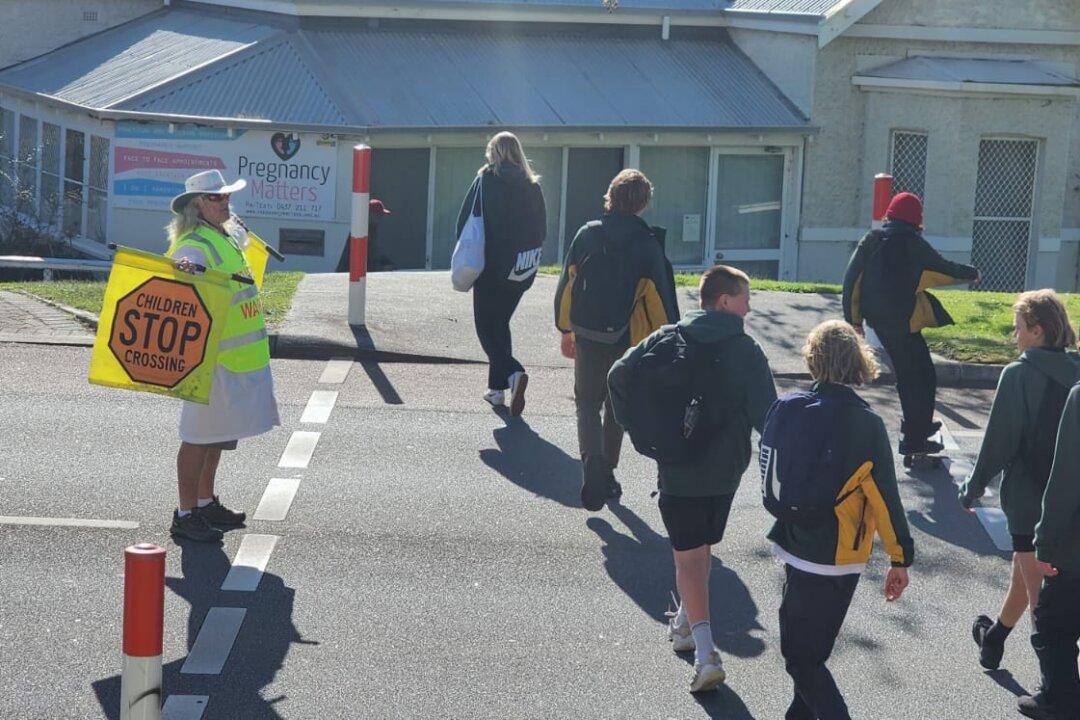Parents in Melbourne will need to fork out about $15,000 (US$9,841) more than other states and territories in Australia to send their children to public schools.
According to new figures, the education expense for a child to complete 13 years of schooling in government schools in Melbourne is $108,879 (US$71,434), an increase of $6,000, or 22 percent, since 2022.




